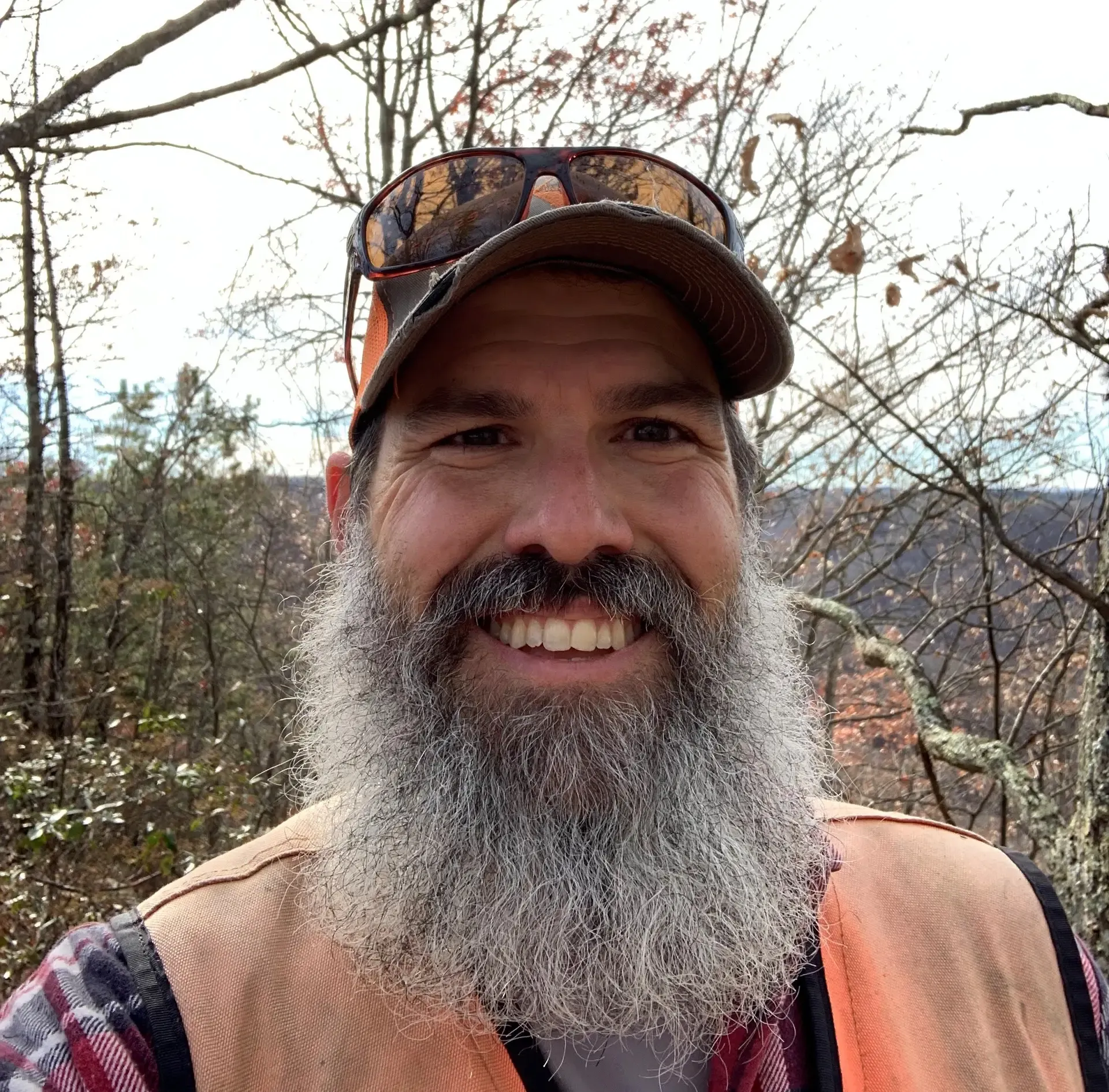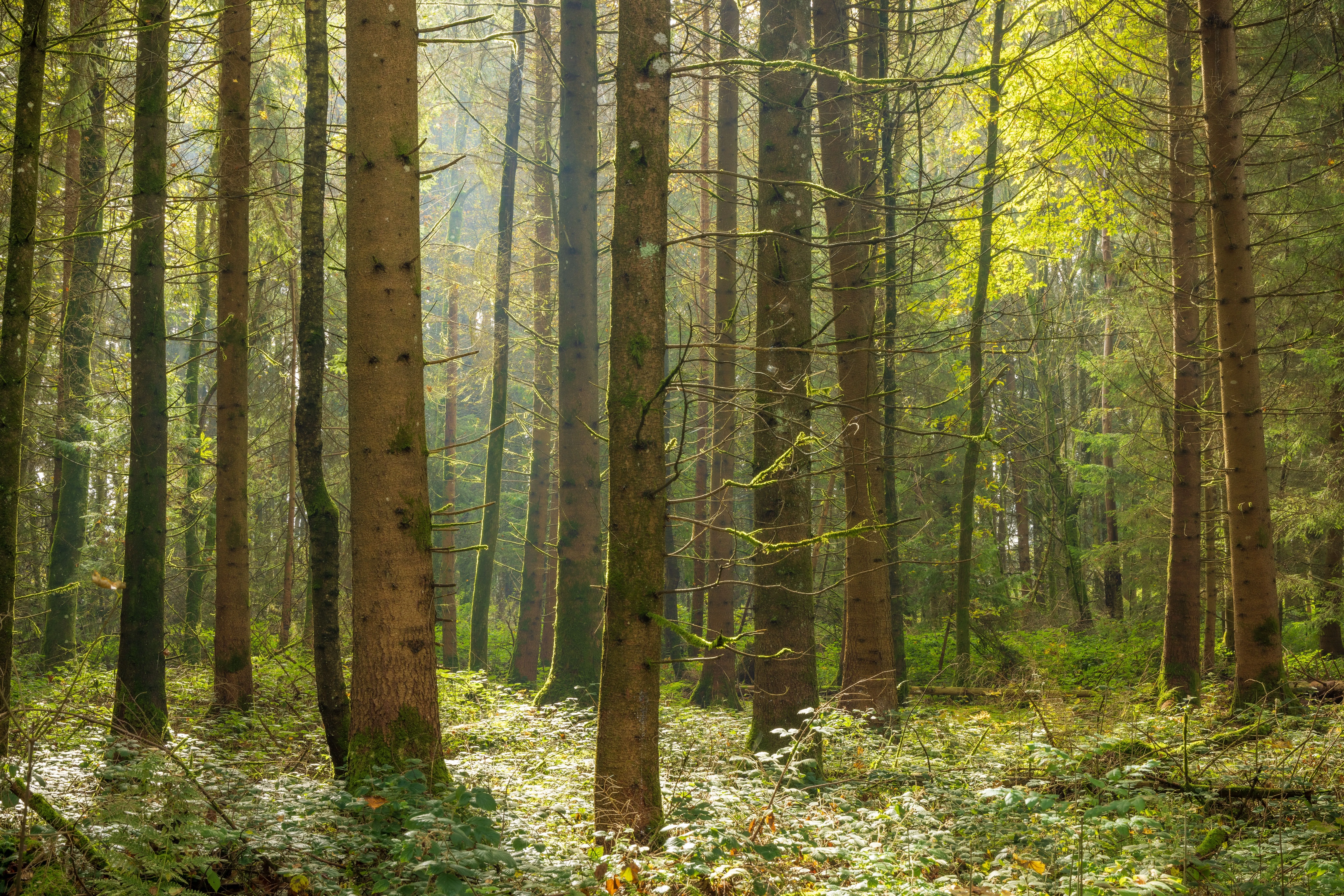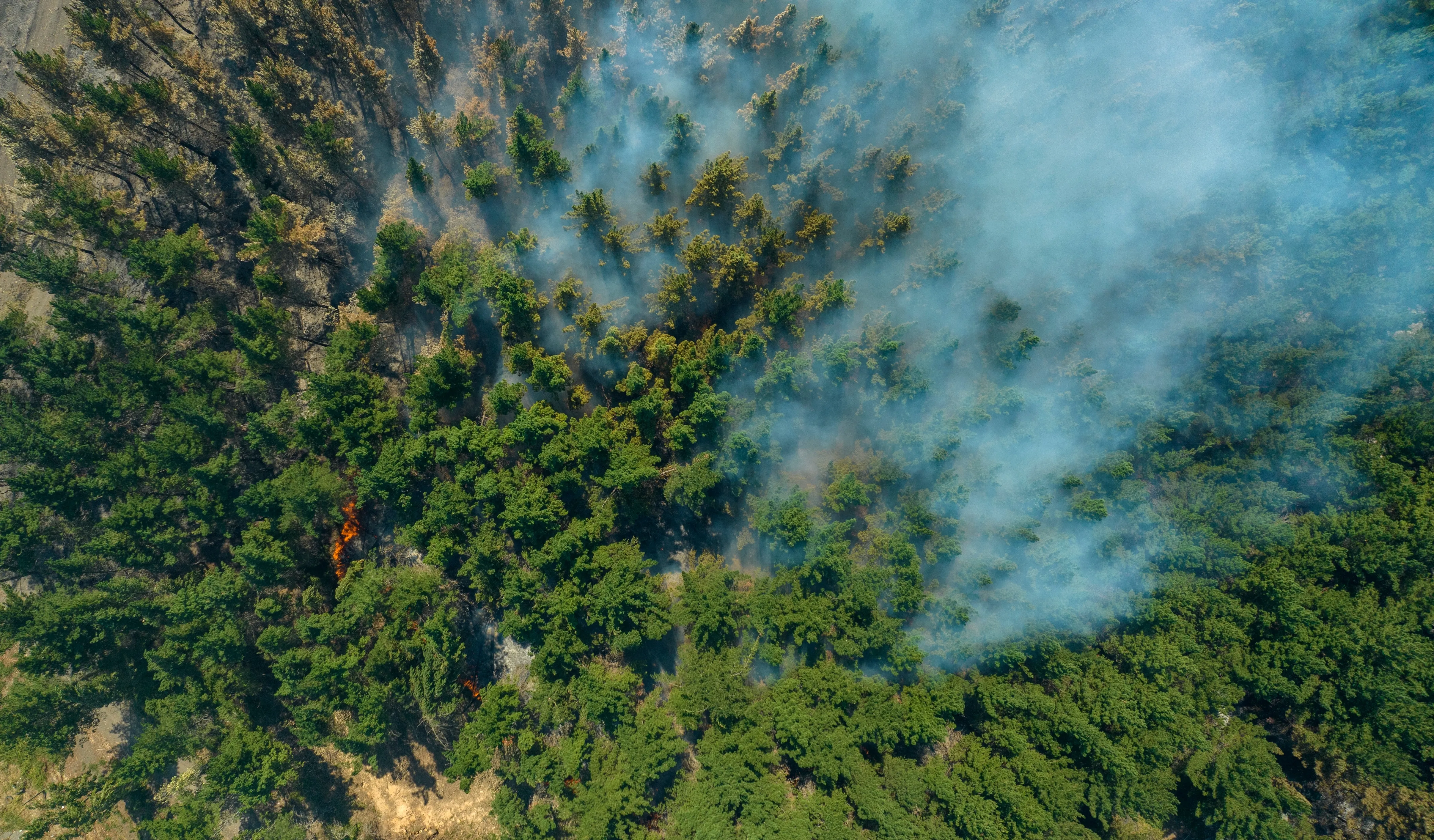Forester Spotlight: Isaac Slone
When you ask a landowner who they trust and go to to learn more about their woods, the frequent answer is their forester. Whether they are experienced stewards of their forest or just trying to figure out where to even begin, landowners go to foresters with their goals for their land and trust their forester to guide them along the process.
The Family Forest Carbon Program, developed by the American Forest Foundation and The Nature Conservancy to help family forest owners to improve forest health and address climate change, wanted to help landowners overcome this barrier to action. Take a second to meet one of our staff foresters who you’ll often find walking the trails with family forest owners in West Virginia, Isaac Slone.
Isaac Slone
State: West Virginia
Educational Background: A.A.S Forest Management Technology (Hocking College); B.S. Forestry (West Virginia University)
Isaac has always been fascinated by forests and astounded by their importance to our existence. He’s passionate about learning about trees, forests and the systems in which they operate, and continues to take every opportunity he can to continue learning.

Before Isaac joined the Family Forest Carbon Program, he was responsible for forestry activities related to timber harvest planning, administration of timber harvest operations, and other timberland management activities predominantly in the coalfields of West Virginia, where he has resided for the last 13 years. He is registered and licensed to practice forestry in the state of West Virginia.
“I get to see a lot of things that few people in our society get to see and form relationships with people who want what is BEST for their land.”
Working with family forest owners through the Family Forest Carbon Program gives him the opportunity to share what he’s learned, and continues to learn, with others. Through sharing these learnings, Isaac is able to assist forest owners in making sound stewardship decisions that will allow them to realize the potential for their forest and accomplish their individual goals.
Related Articles

December 4, 2025
Forest Carbon Project Issued First Ever Credits
Conservation organizations the American Forest Foundation (AFF) and The Nature Conservancy (TNC) announced today the issuance of improved forest management (IFM) carbon credits to the Family Forest Carbon Program (FFCP) from standards setter Verra under its Verified Carbon Standard (VCS) Program. This marks the first issuance of credits produced using Verra’s VM0045 improved forest management (IFM) methodology, which was co-developed by Verra, AFF, TNC, and TerraCarbon.

December 1, 2025
Tackling Wildfire Through Partnership: AFF’s Stacked Benefits Model
A few miles outside Grass Valley, California, a narrow road winds past homes tucked into dense forest. From the ground, it is easy to forget that these trees are doing something extraordinary. They are standing between the community and the next wildfire.

November 20, 2025
New Film Showcases Carbon Project’s Impact on Family Landowners and Nature
The American Forest Foundation (AFF), a national organization committed to empowering family forest owners to create meaningful conservation impact, announced today the release of a new film that tells the story of the Family Forest Carbon Program (FFCP) and its impact on people and the planet.